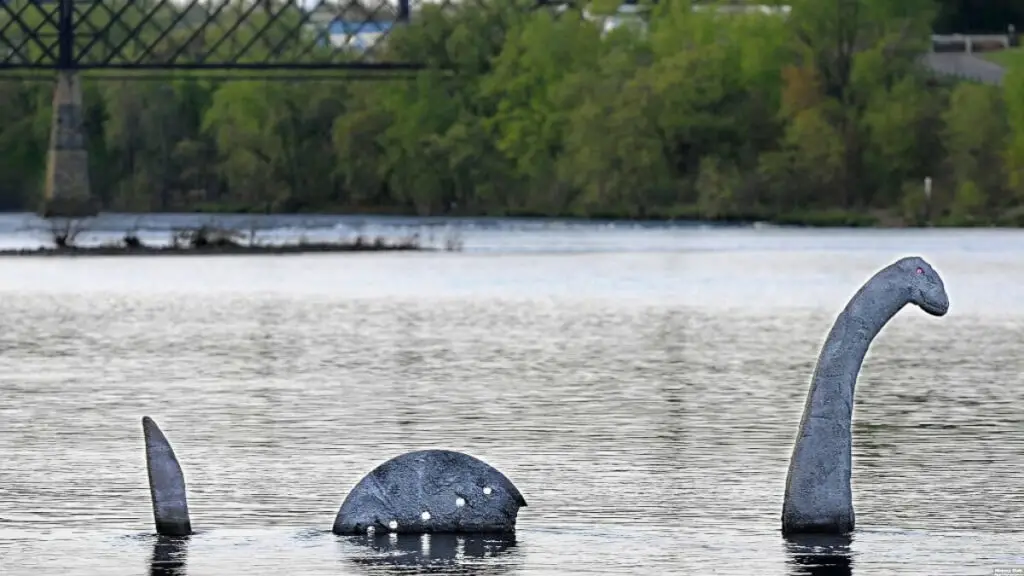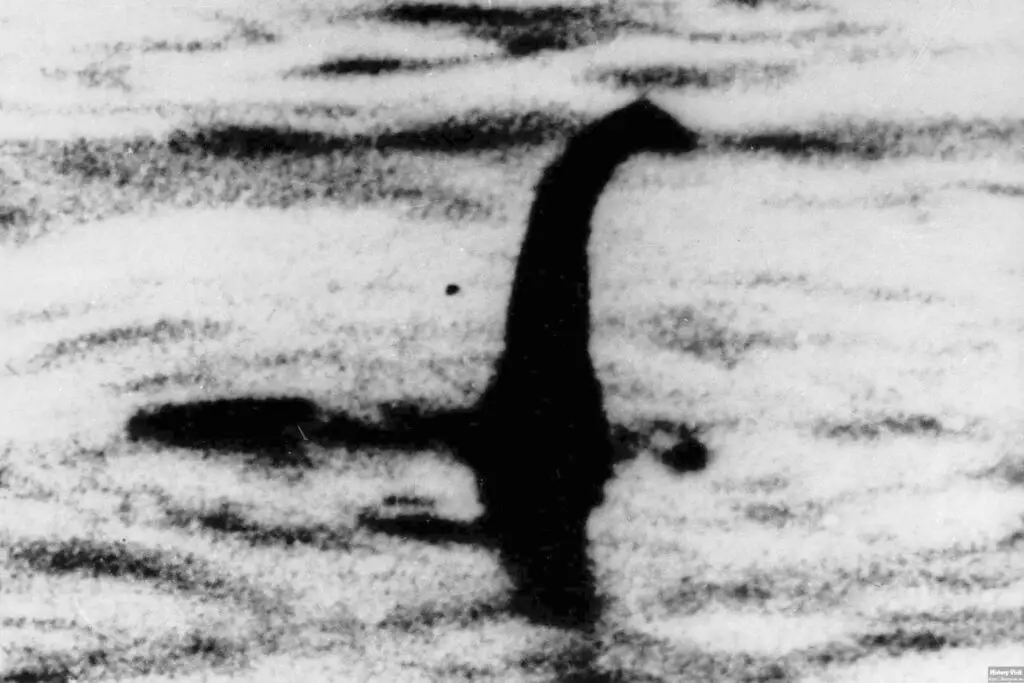The Loch Ness Monster: An Ongoing Quest for Truth

Introduction
The legend of the Loch Ness Monster, affectionately known as Nessie, is more than just a tale of a mysterious creature lurking in the depths of a Scottish loch. It is a story that has captivated the imagination of people worldwide and has had a profound impact on the local economy of the Loch Ness region. From its early mentions in folklore to its modern status as a tourist attraction, Nessie has become a significant socio-economic phenomenon. This article explores the historical, cultural, and economic dimensions of the Loch Ness Monster and examines its enduring legacy.
The legend of Nessie first gained widespread attention in the early 20th century, with numerous sightings and reports fueling public interest. The mystery of a possible prehistoric creature living in Loch Ness captured the imagination of many, leading to increased tourism and media coverage. Over the years, Nessie has become a symbol of the region, drawing visitors from around the world eager to catch a glimpse of the elusive monster.
Beyond the fascination and mystery, the Loch Ness Monster has also played a crucial role in shaping the local economy. The influx of tourists has led to the growth of various industries, including hospitality, retail, and entertainment. This article delves into the socio-economic impact of the Loch Ness Monster, examining how this legendary creature has influenced the lives of the people living in the Loch Ness area and beyond.
Historical Context and Early Economic Impact

The legend of the Loch Ness Monster has deep roots in Scottish folklore, with early mentions of water-dwelling creatures dating back to ancient times. However, it was in the 20th century that Nessie gained significant attention, particularly after a series of high-profile sightings in the 1930s. These early reports, often sensationalized by the media, sparked a surge of interest in Loch Ness and its mysterious inhabitant.
As news of the Loch Ness Monster spread, so did the number of visitors to the area. Tourists flocked to Loch Ness in hopes of witnessing the legendary creature, leading to a noticeable boost in the local economy. Hotels, restaurants, and shops began to cater to the growing number of tourists, marking the beginning of Nessie-related economic activities. The early economic impact of Nessie was significant, setting the stage for future developments in tourism and industry.
The initial surge of interest in the Loch Ness Monster also paved the way for various commercial ventures. Souvenir shops began selling Nessie-themed merchandise, while local businesses capitalized on the legend by offering boat tours and guided excursions around the loch. The early economic impact of the Loch Ness Monster was a testament to the powerful allure of this enduring legend and its ability to draw people from near and far.
Modern Tourism and Industry

In the modern era, the Loch Ness Monster continues to be a major draw for tourists. The region has seen substantial growth in tourism-related industries, with numerous attractions dedicated to the legend of Nessie. Visitors can explore exhibitions at the Loch Ness Centre and Exhibition, enjoy boat tours on the loch, and purchase a wide range of Nessie-themed memorabilia. The continued interest in the Loch Ness Monster has turned the region into a thriving tourist destination.
The economic benefits of Nessie tourism are evident in the local hospitality industry. Hotels, bed and breakfasts, and holiday rentals in the area often see high occupancy rates, particularly during peak tourist seasons. Restaurants and cafes also benefit from the influx of visitors, with many establishments offering themed menus and decor inspired by the legend of the Loch Ness Monster. The modern tourism industry around Loch Ness is a vital component of the local economy, providing jobs and supporting businesses.
In addition to traditional tourism, the Loch Ness Monster has also inspired various events and festivals. These events, ranging from monster-themed races to cultural celebrations, attract visitors and generate additional revenue for the local economy. The enduring popularity of Nessie ensures a steady stream of tourists, contributing to the economic vitality of the Loch Ness region.
Media and Marketing Strategies
The media has played a crucial role in maintaining and amplifying the legend of the Loch Ness Monster. From early newspaper reports to modern documentaries and films, Nessie has been a subject of fascination for the media, which in turn has helped to sustain public interest. High-profile sightings and photographs, such as the famous “Surgeon’s Photograph” of 1934, have been widely covered, keeping the legend in the public eye.
Marketing strategies have also been instrumental in promoting the Loch Ness Monster and the surrounding region. Tourism boards and local businesses have leveraged the legend to create compelling marketing campaigns, emphasizing the mystery and allure of Nessie. These campaigns often highlight the natural beauty of Loch Ness, inviting visitors to explore the area while keeping an eye out for the elusive monster. The effective use of media and marketing has ensured that the Loch Ness Monster remains a prominent feature in the global tourism landscape.
The success of these marketing efforts is evident in the continued growth of Nessie-related tourism. Promotional materials, including brochures, websites, and social media content, often feature iconic images of Loch Ness and the monster. This strategic use of media and marketing has helped to sustain interest in the legend and attract new generations of tourists to the region.
Local Community and Employment
The economic impact of the Loch Ness Monster extends beyond tourism, influencing the local community and employment opportunities. The influx of tourists has created numerous jobs in hospitality, retail, and entertainment sectors. From tour guides and hotel staff to souvenir shop owners and restaurant workers, many residents of the Loch Ness area rely on Nessie-related tourism for their livelihoods.
Local businesses have also benefited from the economic boost provided by tourism. Shops selling Nessie-themed merchandise, cafes offering monster-inspired treats, and adventure companies providing boat tours all contribute to the local economy. The presence of a thriving tourism industry has led to increased investment in infrastructure and services, improving the quality of life for residents.
Community engagement is another positive outcome of the Loch Ness Monster phenomenon. Events and festivals centered around Nessie often involve local participation, fostering a sense of community and shared cultural identity. The legend of the Loch Ness Monster has become an integral part of the local heritage, celebrated by residents and embraced as a symbol of regional pride.
Challenges and Sustainability
While the economic benefits of Nessie tourism are significant, there are also challenges associated with maintaining a sustainable tourism industry. The high volume of visitors can put pressure on local infrastructure and natural resources. Ensuring that tourism development is balanced with environmental conservation is crucial for the long-term sustainability of the region. Efforts to protect the natural beauty of Loch Ness and its surroundings are essential to preserve the appeal of the area for future generations.
One of the key challenges is managing the environmental impact of increased tourism. Initiatives aimed at promoting eco-friendly practices, such as reducing plastic waste and encouraging sustainable transportation, are vital. Local authorities and businesses must work together to implement measures that minimize the environmental footprint of tourism activities while enhancing the visitor experience.
Additionally, maintaining tourist interest over time requires innovation and adaptation. While the legend of the Loch Ness Monster remains a strong draw, diversifying the range of attractions and activities available to visitors can help sustain interest. Promoting other aspects of the region, such as its history, culture, and natural beauty, alongside the Nessie legend, can provide a more comprehensive and appealing tourist experience.
Future Prospects

Looking to the future, the Loch Ness Monster continues to hold promise as a catalyst for economic growth and tourism development. Ongoing research and technological advancements may provide new insights into the legend, potentially attracting even more visitors. Innovations in virtual reality and interactive exhibits could offer immersive experiences that bring the mystery of Nessie to life in new and exciting ways.
Investing in infrastructure and enhancing visitor facilities will also play a crucial role in the future of Nessie tourism. Improving transportation links, expanding accommodation options, and developing new attractions can help accommodate the growing number of tourists. Collaborating with international tourism organizations and leveraging digital marketing strategies can further boost the global visibility of the Loch Ness region.
Ensuring the long-term success of Nessie-related tourism requires a commitment to sustainability and community involvement. By prioritizing environmental conservation, supporting local businesses, and engaging with residents, the Loch Ness area can continue to thrive as a premier tourist destination. The legend of the Loch Ness Monster, with its enduring appeal and cultural significance, will undoubtedly remain a cornerstone of the region’s tourism industry for years to come.
Conclusion

The Loch Ness Monster, a legend steeped in mystery and intrigue, has had a profound socio-economic impact on the Loch Ness region. From its early beginnings in folklore to its status as a global tourist attraction, Nessie has shaped the local economy and captivated the imagination of millions. The legend’s ability to draw visitors has led to significant economic benefits, creating jobs, supporting businesses, and fostering community engagement.
The role of media and marketing in promoting the Loch Ness Monster has been instrumental in maintaining its appeal. Effective campaigns and strategic use of media have kept the legend in the public eye, attracting new generations of tourists. However, ensuring the sustainability of Nessie-related tourism requires careful management of environmental and infrastructural challenges. Balancing economic growth with conservation efforts is essential for the long-term success of the region.
As we look to the future, the Loch Ness Monster continues to hold promise as a driver of tourism and economic development. Embracing innovation, investing in infrastructure, and prioritizing sustainability will be key to maintaining the appeal of the Nessie legend. The Loch Ness Monster, with its enduring mystery and cultural significance, will undoubtedly remain a symbol of the region and a source of fascination for generations to come.


